What if all living creatures in this universe were communicating with a unknown yet learnable language of signs? This at least is what Biosemiotics is about – a no longer so new branch of science aimed to explore the language of life itself.*
The goal of this project is to contrubute to this evolving field from an artistic point of view, and, ultimately, the ambition is also to develop, establish and disseminate a transspecific semantics. This does not only mean that we want to develop an art of communication so transparent that there no longer is any use to talk about species and their symbolic transgression. It also means that all communicative events will be based on friendship and love: a pair of emotional bonds conditioned by individual-to-individual relations. We want to listen to each other as singularities; as the multitudes, gangs or packs or swarms or bee-flower-like complextities we are. Thus, we hope, can we eventually learn what it means to be a sentient being, and why we have woken up on this earth.
In order to reach this goal, we will need to dismantle a long tradition of anthropocentric science and philosophy. And we realize that the road to a new era of biosemantic research, informed by a cross-fertilization of anthropology and zoology, is rocky. There is a set of challenges that will need to be identified, analyzed and overcome. Some can be overcome with art, some with science, some with action.
Although the complexity of these issues is perhaps both practically negligible and easily overstated, they are nevertheless important for the development, conceptualization and distribution of viable, practical strategies. In the light of concrete progress, the theoretical problems outlined below will of course become mere curiosities. Yet, as we are often told, the first step to overcome a problem is to realize that it exists. We see at least three main challenges that will need to be taken into consideration.
First, we need confirmation. What is closest is not always what is easiest to understand. Just as you cannot see your own eyes, your own ability to see is, and can only, be understood in a mediated sense. You need to trust the experience of another individual to believe that you have eyes to see with. This means: If it is the case that the general ability to communicate transcends species border, the science or art that will map and understand to what this ability amounts must be mediated, reflected and confirmed by someone from another species. Further, as in any science and art, there is a step from an ontic to an ontological level. There is a difference between doing it and knowing that you are doing it. In the first case, it can be perfectly natural and automatic. In the second case, it is problematized and can be the subject of progress and development.
Second, we need to go beyond the concept of species. The goal of any ambition to understand and augment interspecies communication is to destroy itself. Because insofar as the ultimate result is the ability to see the individual instead of the species (race or gender), the very notion of interspecies communication will become obsolete. How are we going to go beyond the concept of a species? How will this affect the notion of evolutionary biology? If we no longer can talk about inter- and intaspecies competition, how shall we explain the development and transformation of life?
Third, we need clarity. We need to understand each other on a deep, individual and honest level. This, of course, does not need to imply that we need articulated accounts, but we do, at a minimum, need a feeling of conscious certainty. It is not enough just to have a hunch. It is not enough just to have a general idea. We need specific, lucid, reflected messages that can be questioned and confirmed. There is no reason for why we should settle for any less. This may mean that we ultimately need to leave the letter and sound based means of communication, common among humans, as this is a weak, and clearly deficient, form of communication. But it cannot mean that we should lower our expectation of clarity, complexity and understanding.
This project has been developed in close collaboration with projectdolittle.com, not only to secure scientific accuracy, but also to stretch the limits of how we conceive of emotional and cognitive communication.
Since its launch, the project has also been an important part of the Geopoetics, a larger umbrella project with many branches and incarnations, but with a general aim to produce inclusive emancipation and a transgression of the axiological borders between human, animal and plant.
Some results has already been shown to an exclusive audience at private events and parts of the underlying graphics by Timothy Crisp has also been shown at the Swedish Printmakers Association at the exhibition Configurations.
To maintain and develop the project, a limited XTZ edition of the most graphic parts of the project will be minted as NFTs on teia.art.
 Still from ”WHALE SHEPHERD” (Biosemiotics #1)
Still from ”WHALE SHEPHERD” (Biosemiotics #1)
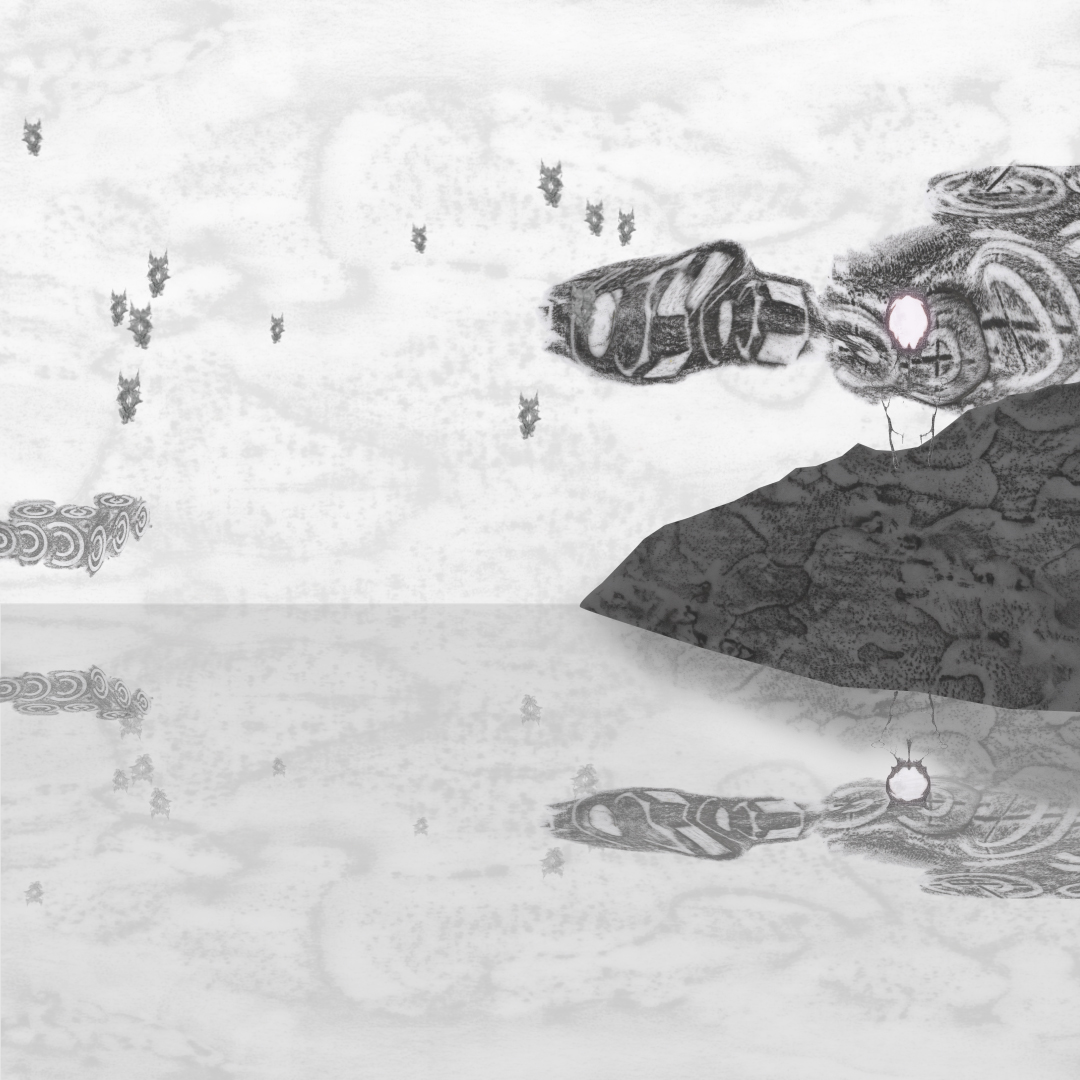 Still from ”WHALE SHEPHERD” (Biosemiotics #1)
Still from ”WHALE SHEPHERD” (Biosemiotics #1)
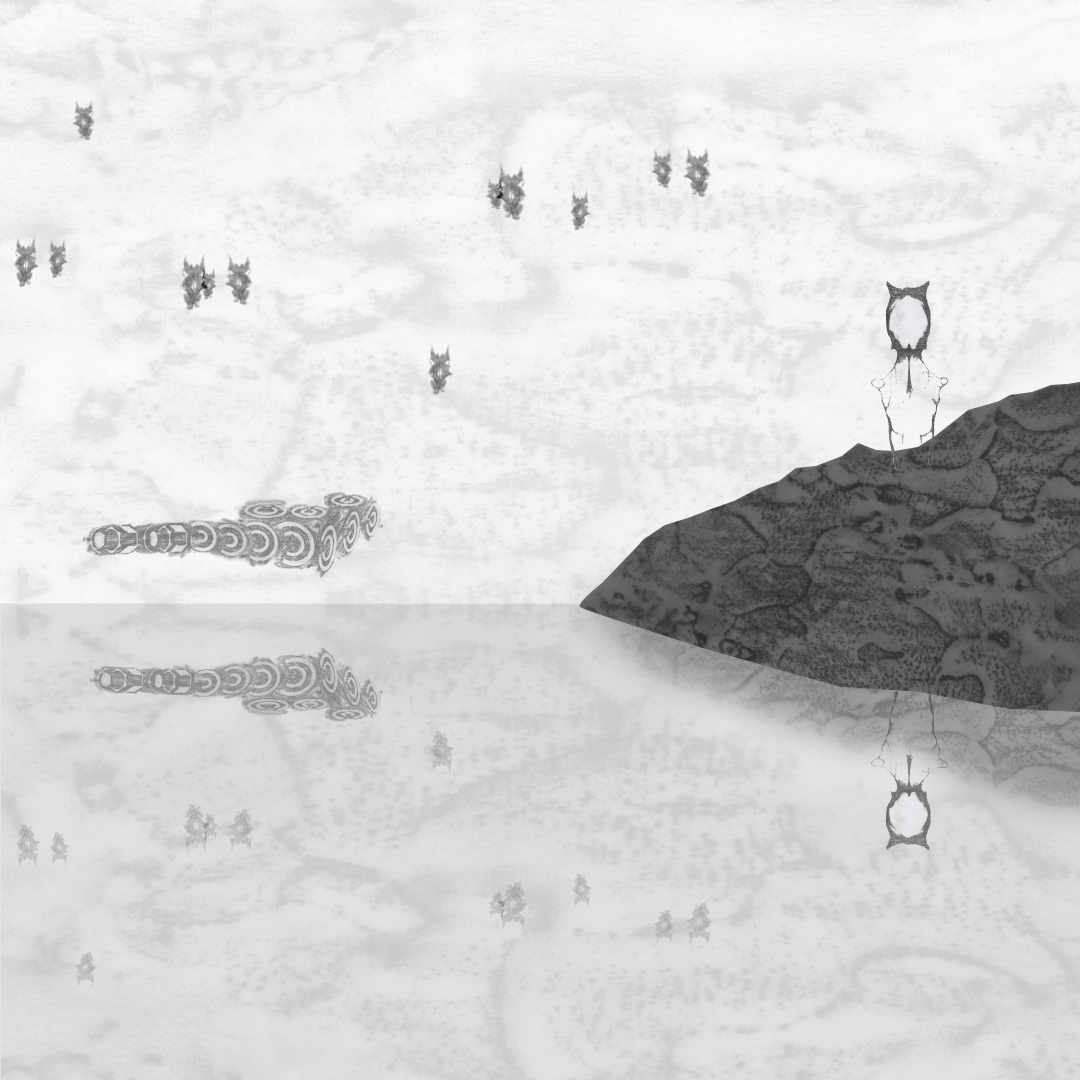 Still from ”WHALE SHEPHERD” (Biosemiotics #1)
Still from ”WHALE SHEPHERD” (Biosemiotics #1)
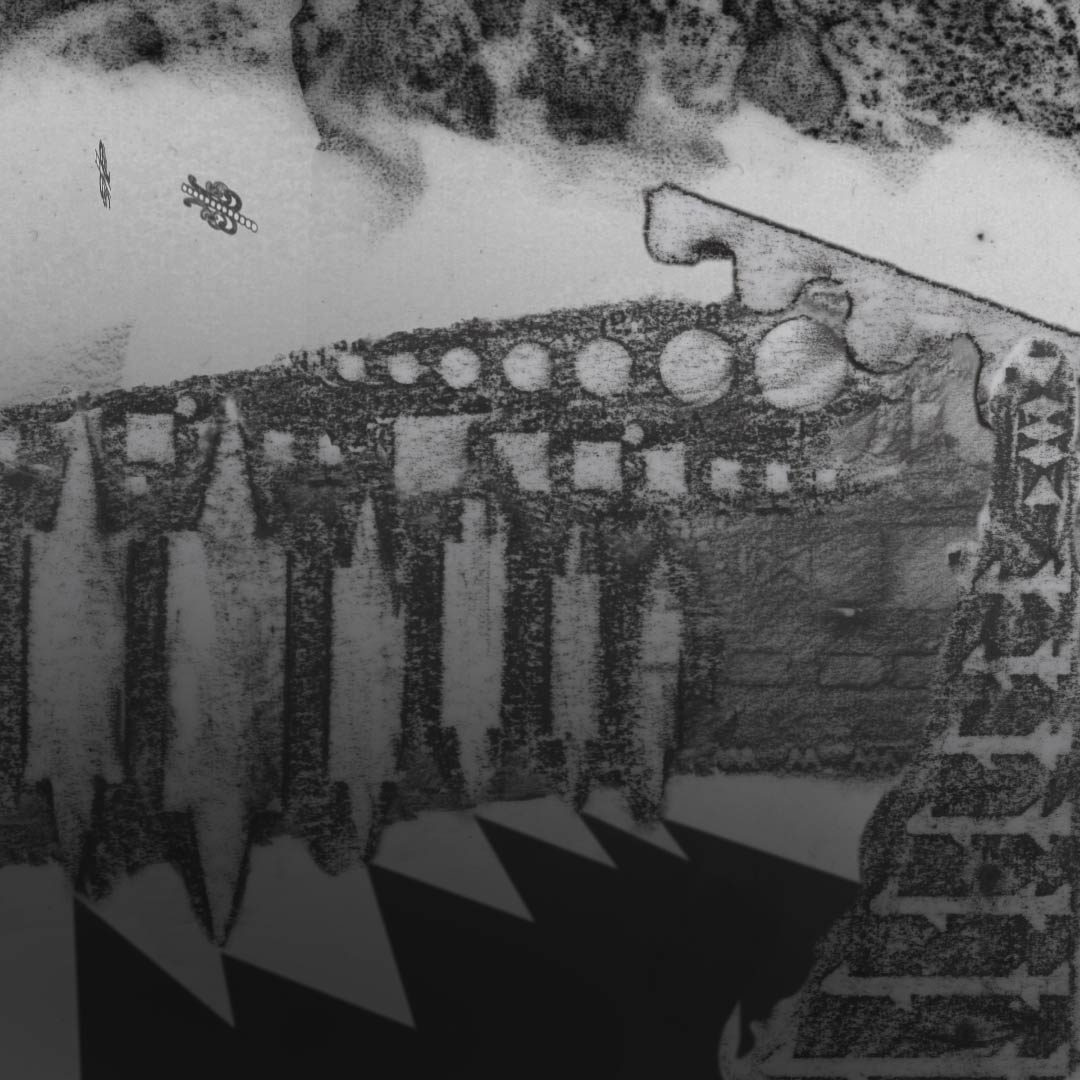 Still from ”MACHINATIONS” (Biosemiotics #2)
Still from ”MACHINATIONS” (Biosemiotics #2)
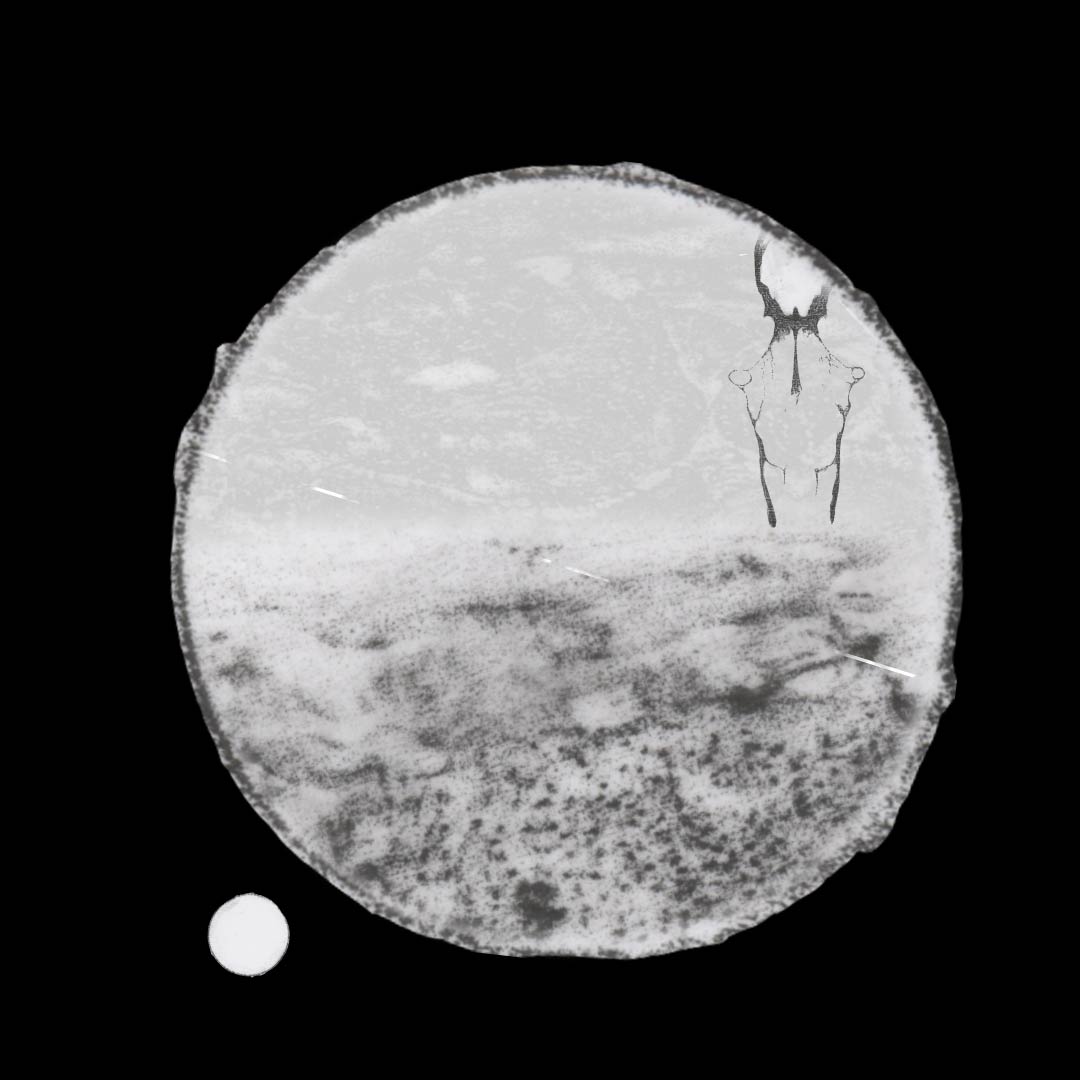 Stil from ”LONELY APE” (Biosemiotics #3)
Stil from ”LONELY APE” (Biosemiotics #3)
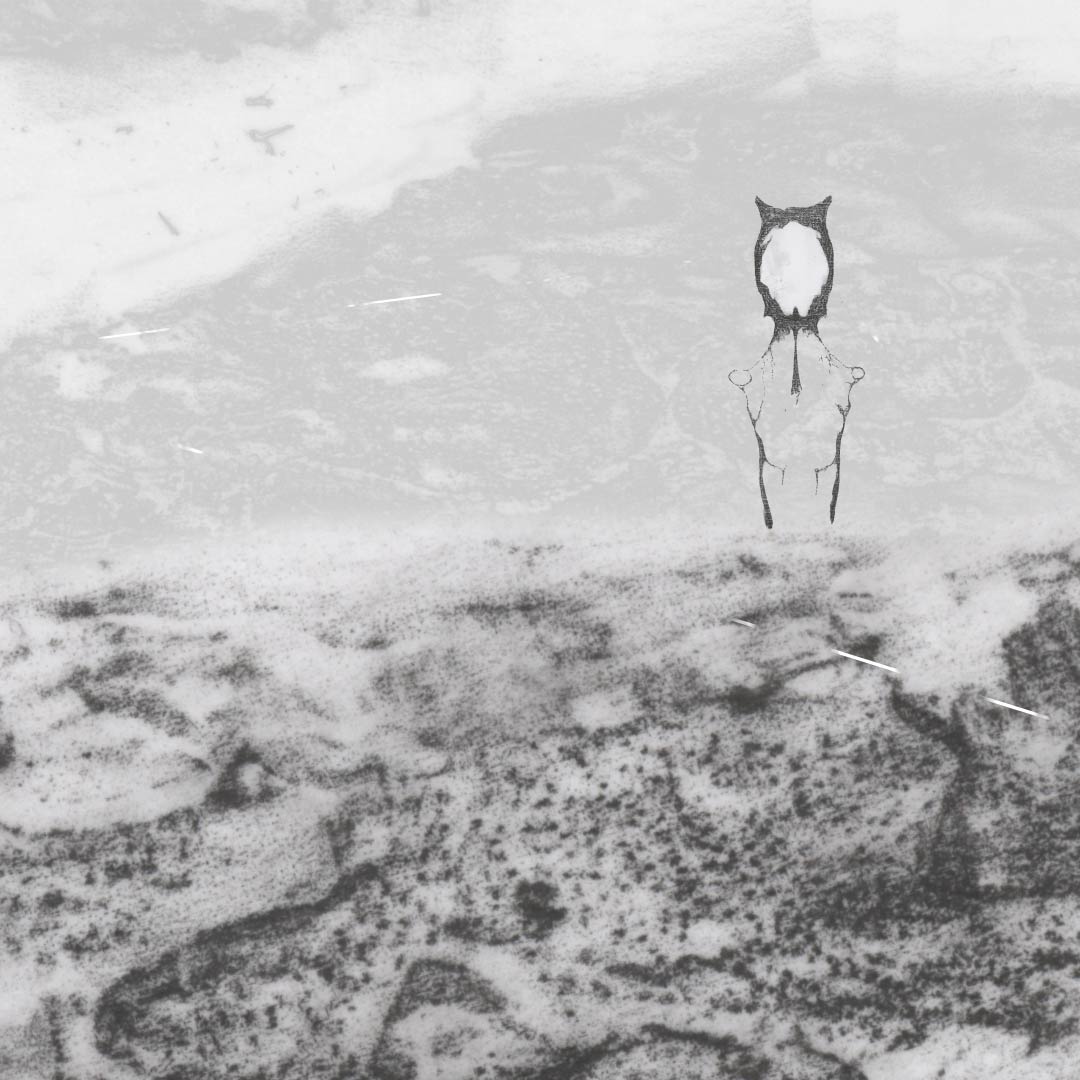 Still from ”LONELY APE” (Biosemiotics #3)
Still from ”LONELY APE” (Biosemiotics #3)
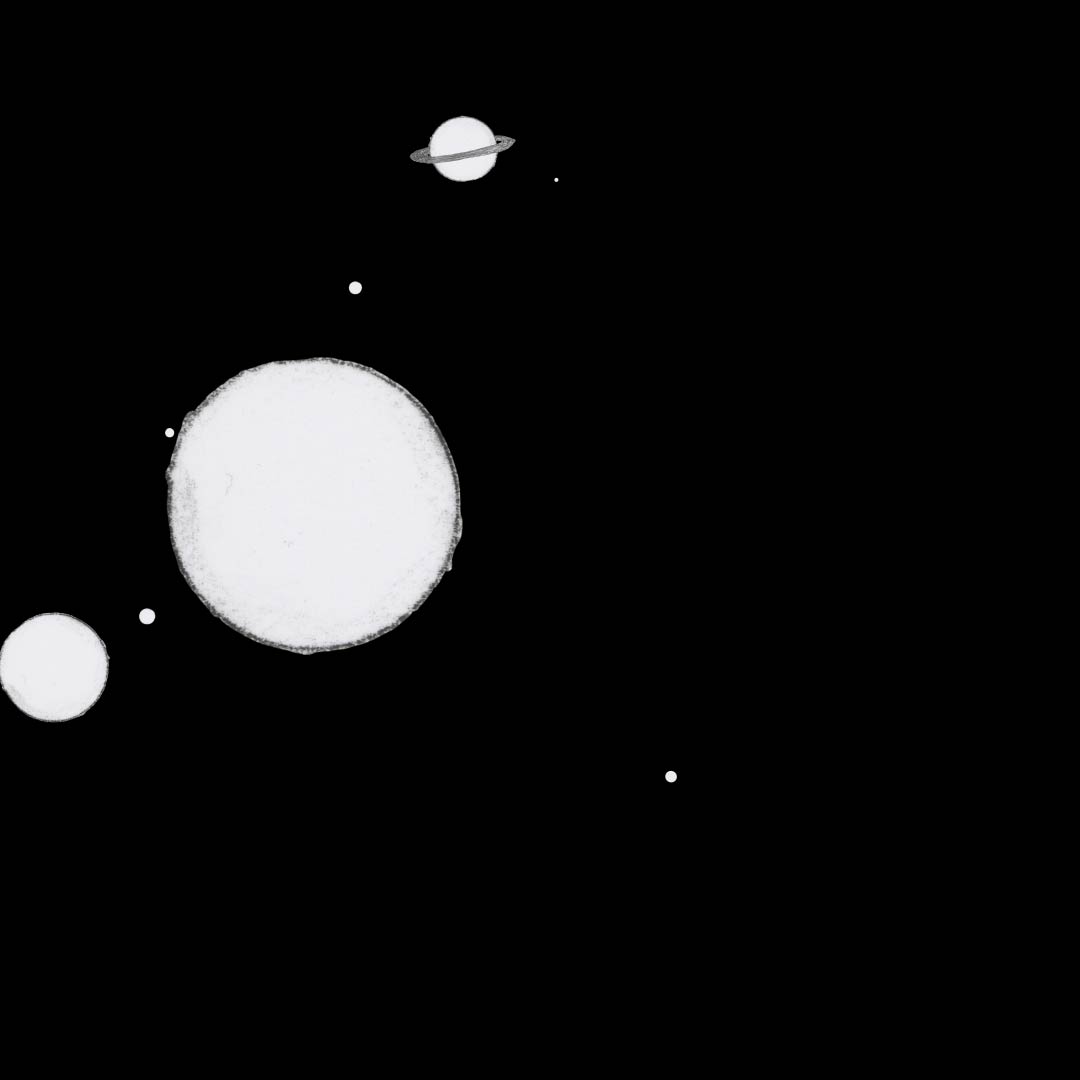 Still from ”LONELY APE” (Biosemiotics #3)
Still from ”LONELY APE” (Biosemiotics #3)
*According to the international society for biosemantic studies, ”biosemiotics is an interdisciplinary research agenda investigating the myriad forms of communication and signification found in and between living systems. It is thus the study of representation, meaning, sense, and the biological significance of codes and sign processes, from genetic code sequences to intercellular signaling processes to animal display behavior to human semiotic artifacts such as language and abstract symbolic thought.”
